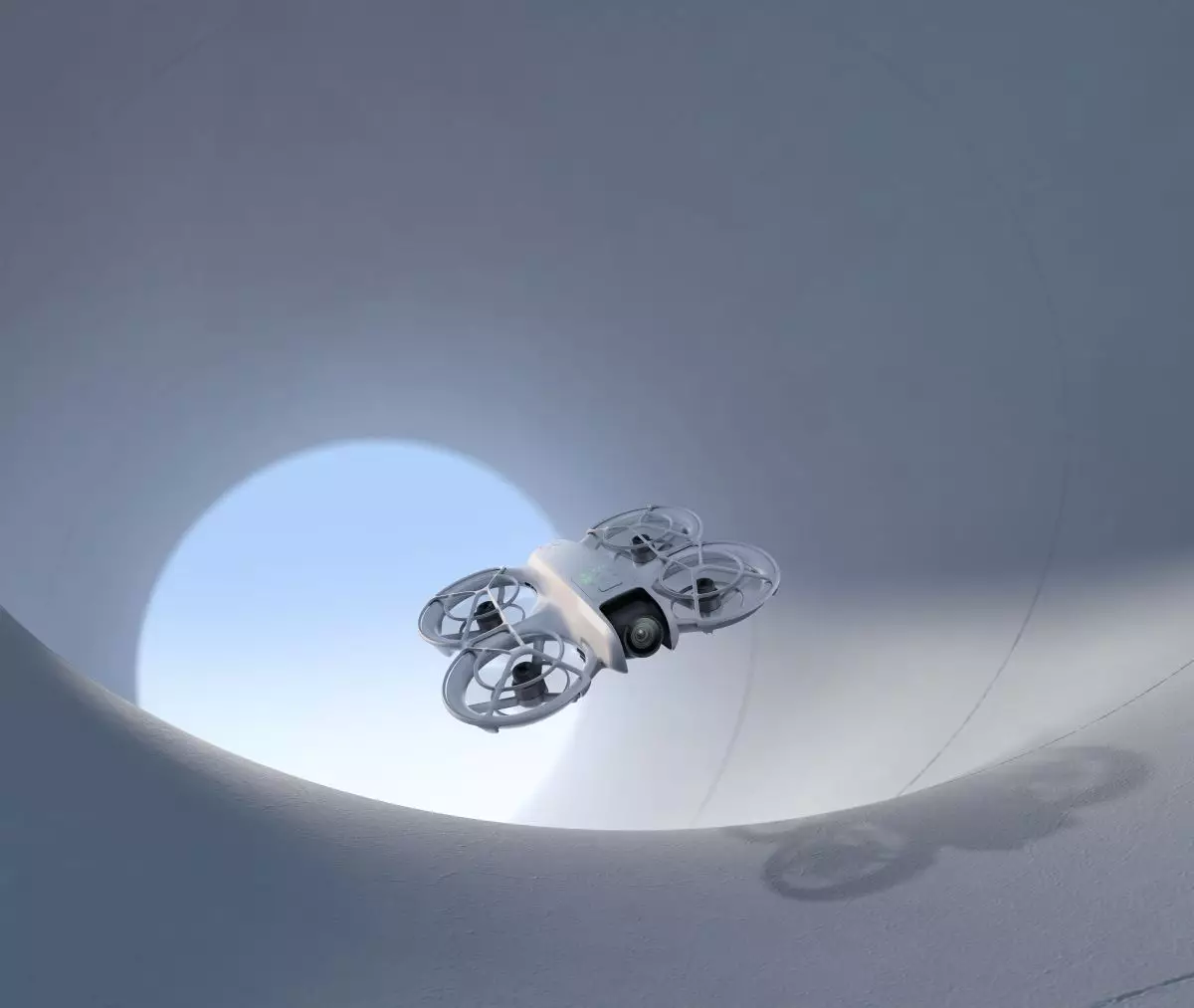In the world of consumer drones, DJI has been a dominating force for several years. The company has constantly pushed the boundaries of innovation, introducing new and exciting products to the market. However, not all products have garnered the success that DJI had hoped for. One such example is the DJI Spark, a palm-sized selfie drone that was discontinued in 2019.
The DJI Spark was marketed as a drone specifically designed for social media users, with its gesture control and affordable price point. Despite building a dedicated fanbase, the Spark failed to generate enough sales to justify its continued production. DJI quietly phased out the Spark and replaced it with the Mavic Mini, the smallest member of its popular folding consumer drone line.
At the IFA in Berlin, DJI unveiled its latest creation – the Neo. This new drone follows in the footsteps of the Spark, with a major selling point being its ability to land in the palm of the user’s hand. Weighing in at only 135 grams, DJI touts the Neo as its lightest and most compact drone to date. However, this small footprint comes with limitations, particularly in terms of battery life. With a flight time of just 18 minutes on a single charge, users are restricted in what they can do with the Neo.
Similar to the Spark, the Neo is targeted at the social media and influencer demographic. The drone offers remote-free control, allowing users to capture content on the go. DJI’s decision to create a beginner-friendly drone with the ability to land in the palm of the hand reflects its commitment to appealing to a specific audience. However, the market for such drones remains uncertain, as evidenced by the demise of Snap’s Pixy earlier this year.
Features and Functionality
The Neo offers a range of shooting modes, including Dronie, Circle, Rocket, Spotlight, Helix, and Boomerang. These modes enable users to capture dynamic footage with ease, showcasing DJI’s commitment to providing a user-friendly experience. Additionally, the Neo features completely enclosed blades, making it safe for beginners to handle without the risk of injury.
Limited Availability and Pricing
Despite its promising features, the Neo will launch with limited availability. The drone is currently available for pre-sale in the U.S., with no confirmed shipping date. The base configuration of the Neo is priced at $199, with a bundled option including three extra batteries for $289.
Overall, DJI’s foray into the world of small drones has been met with mixed success. While the Spark failed to gain traction in the market, the Neo shows promise with its compact design and user-friendly features. Only time will tell if the Neo can carve out a niche for itself in the ever-evolving world of consumer drones.

